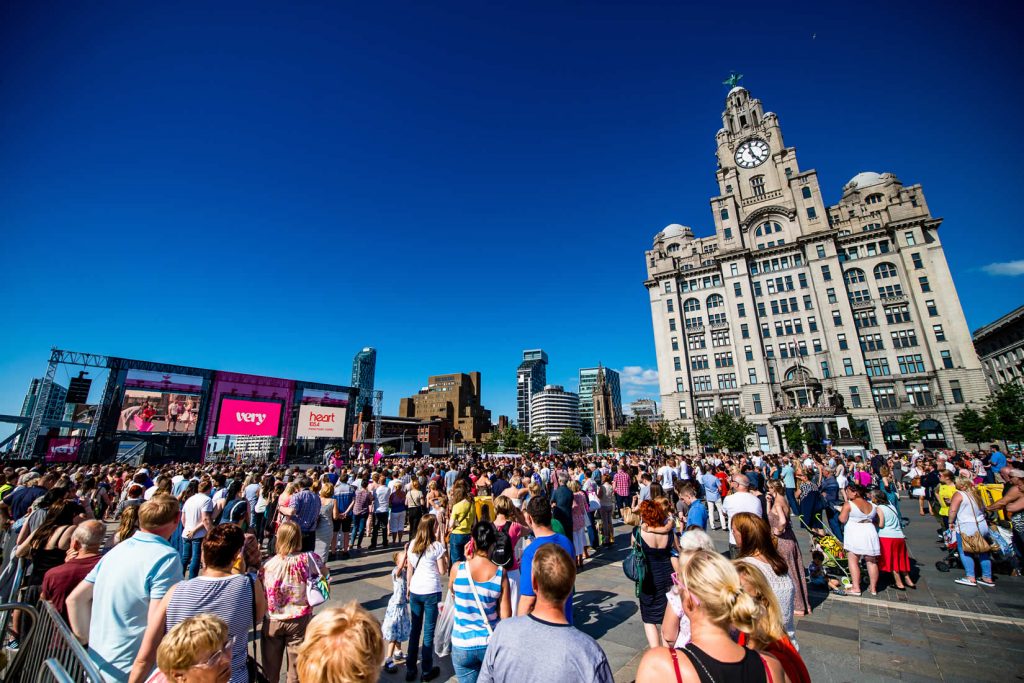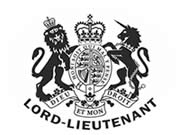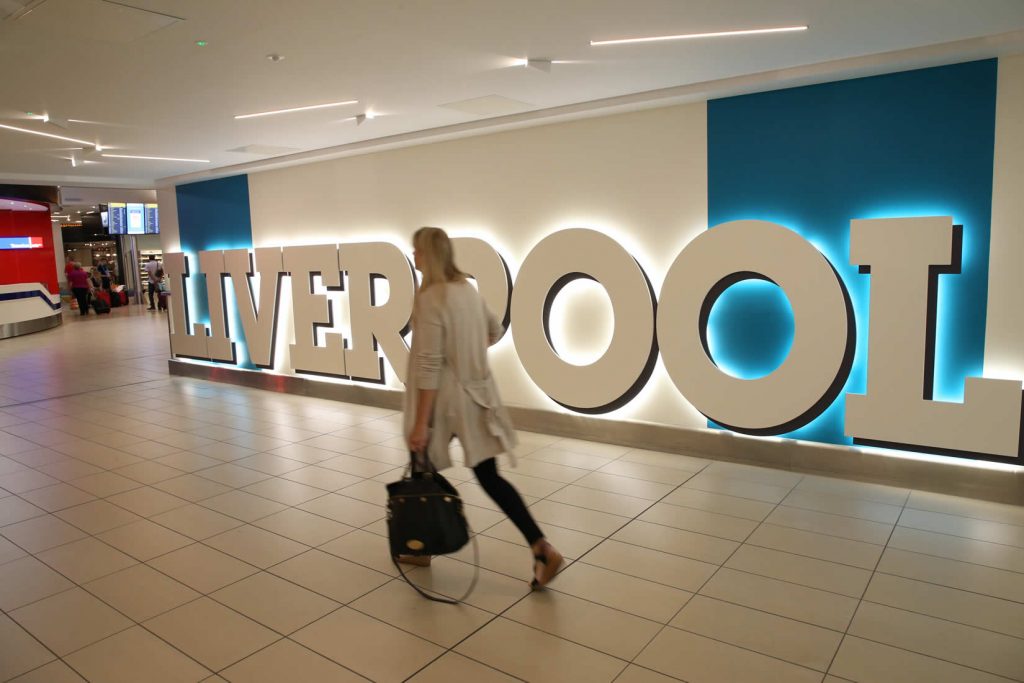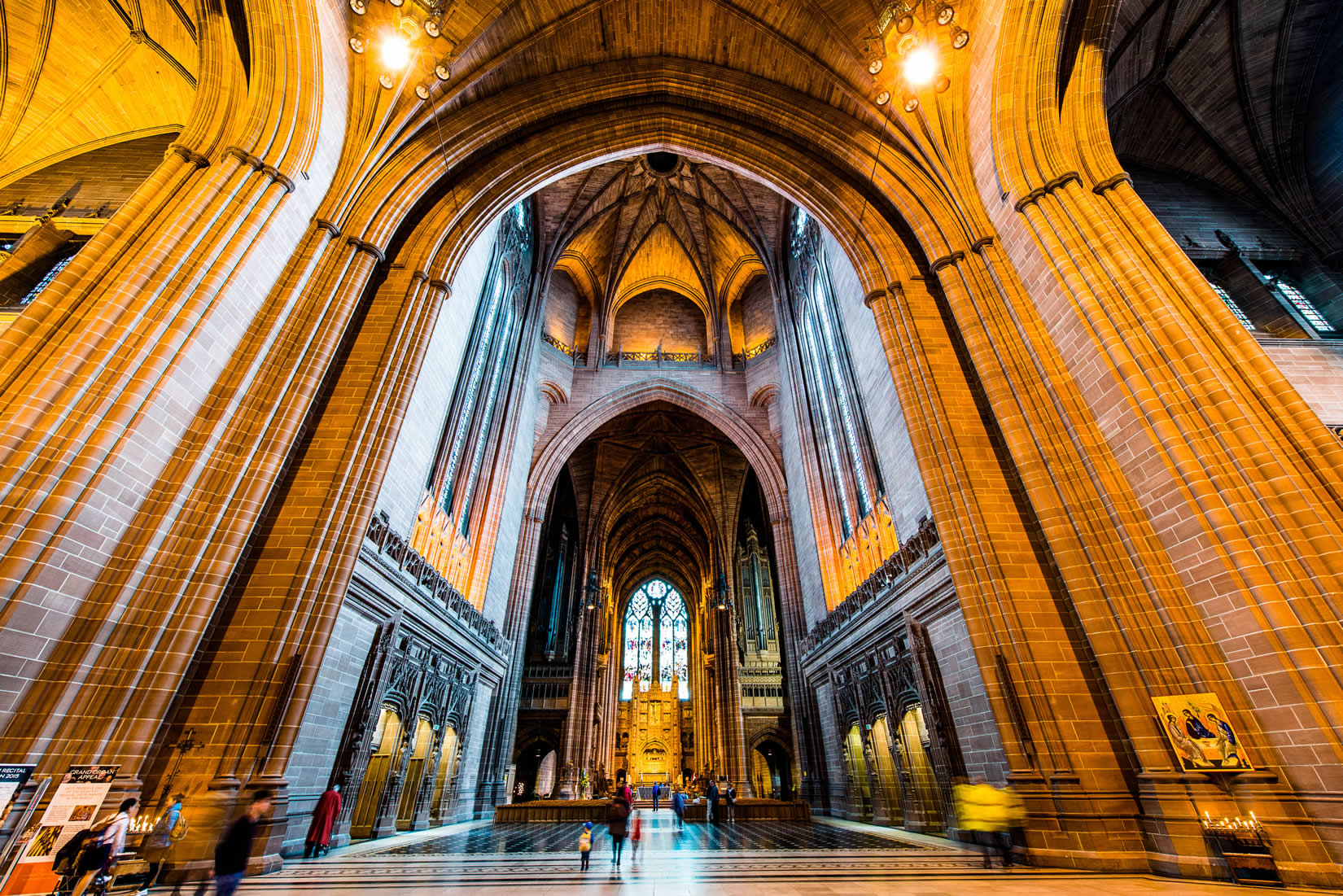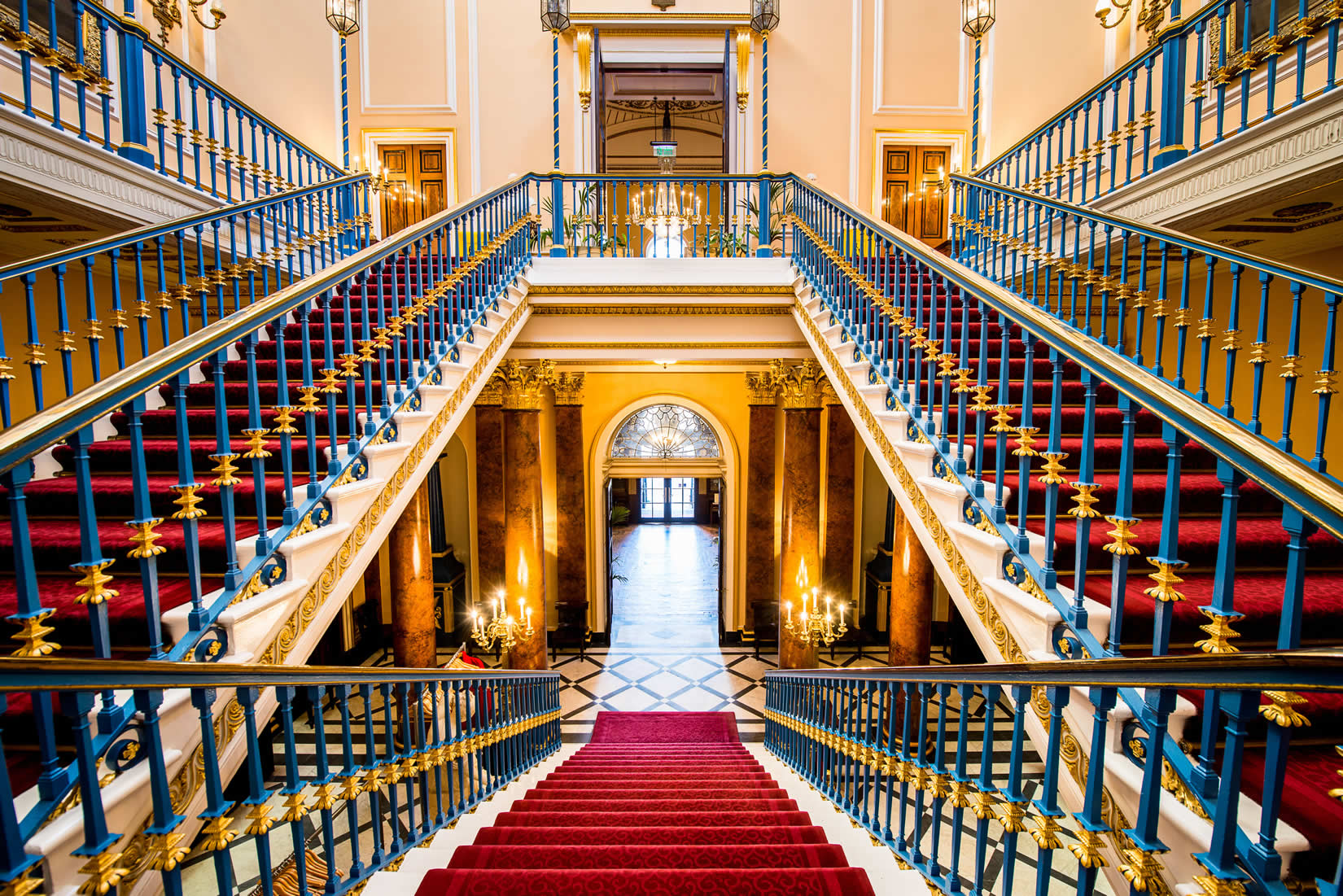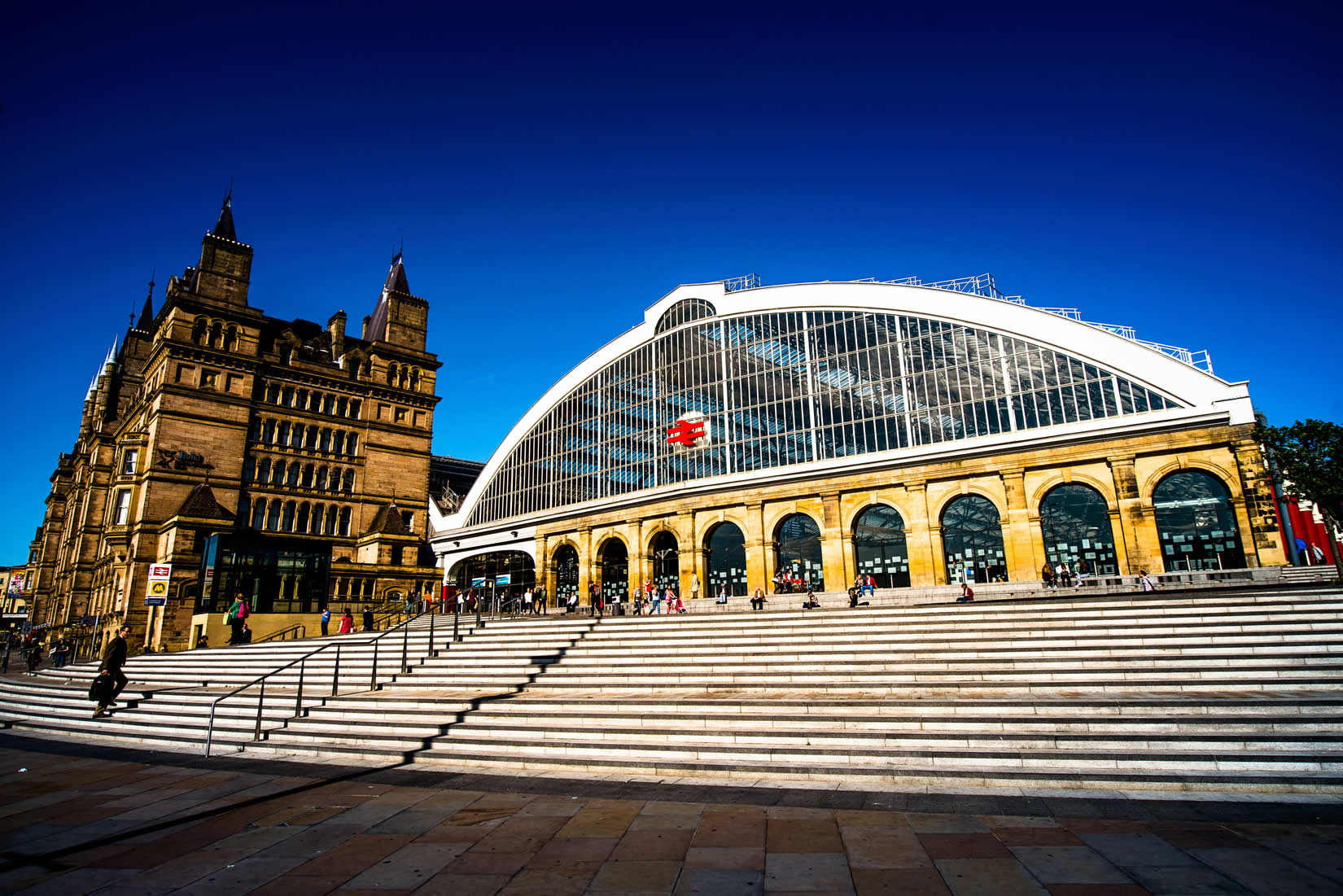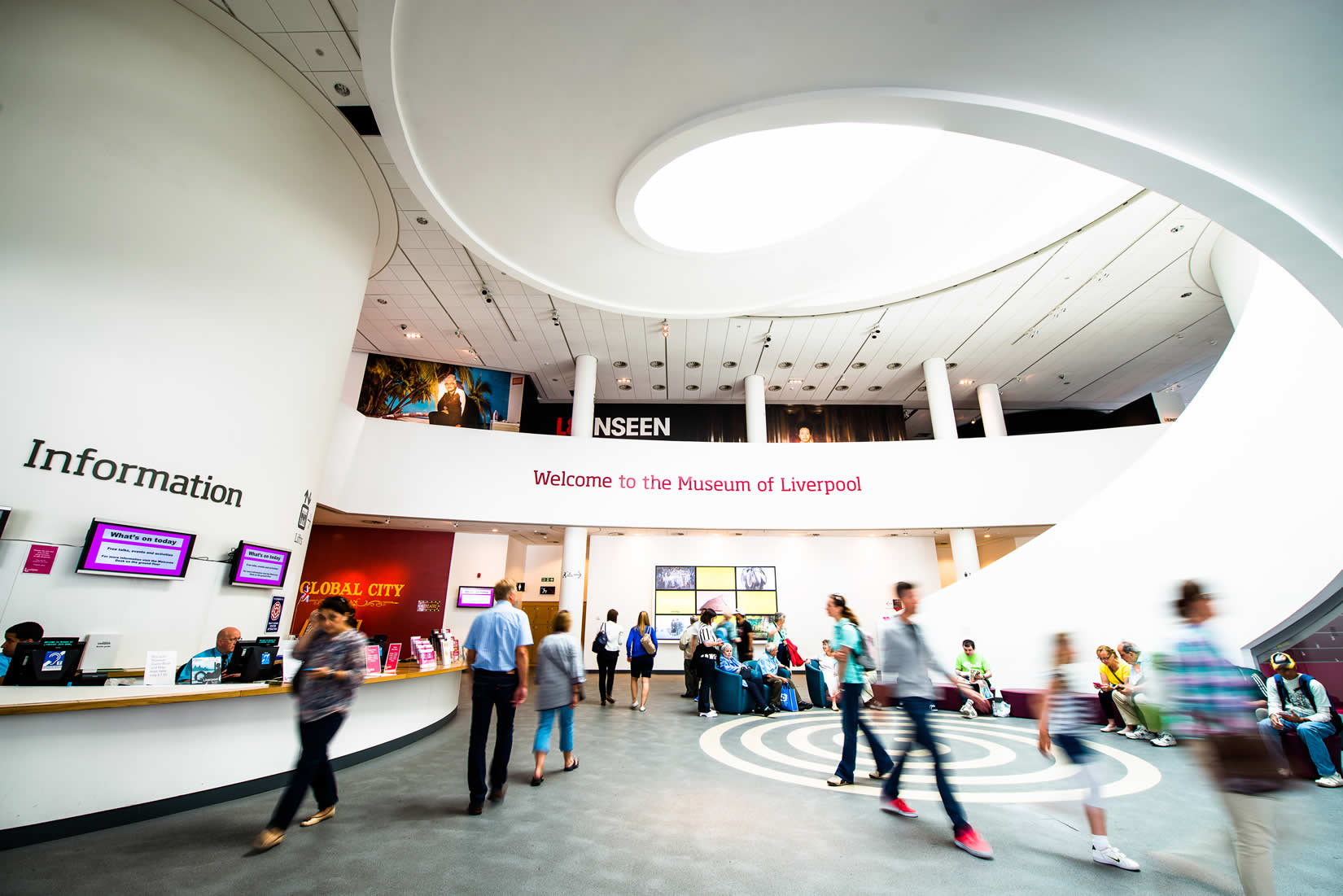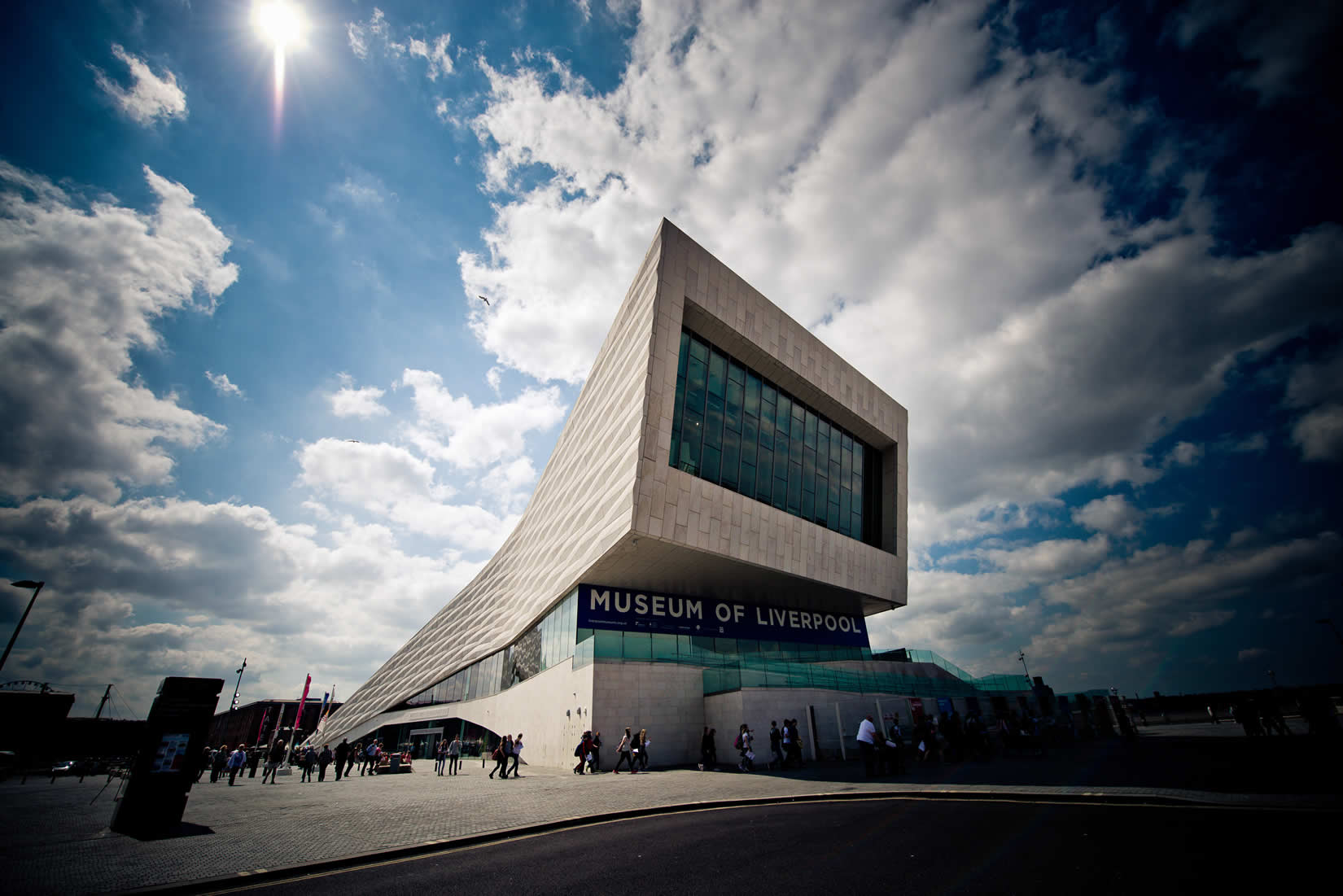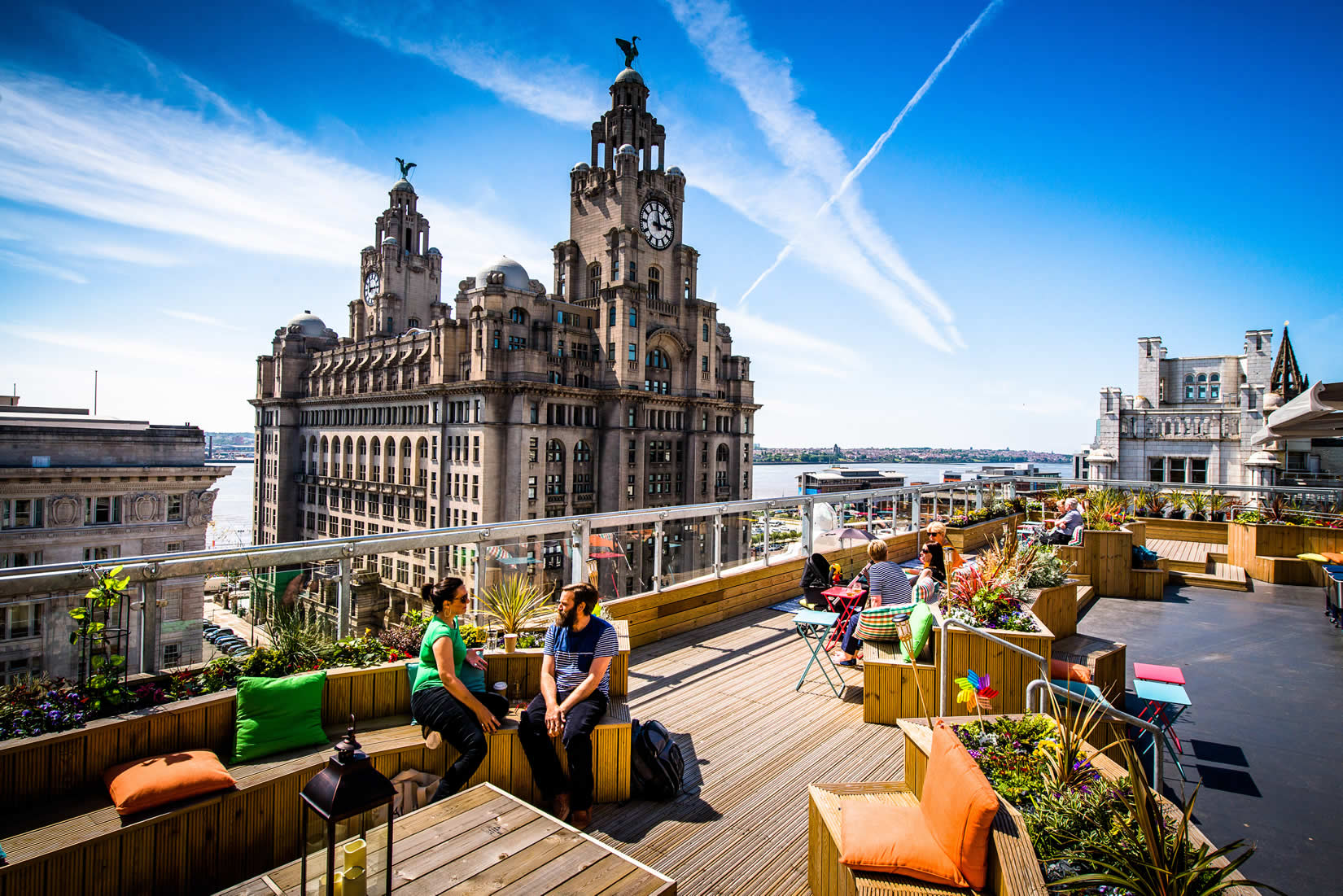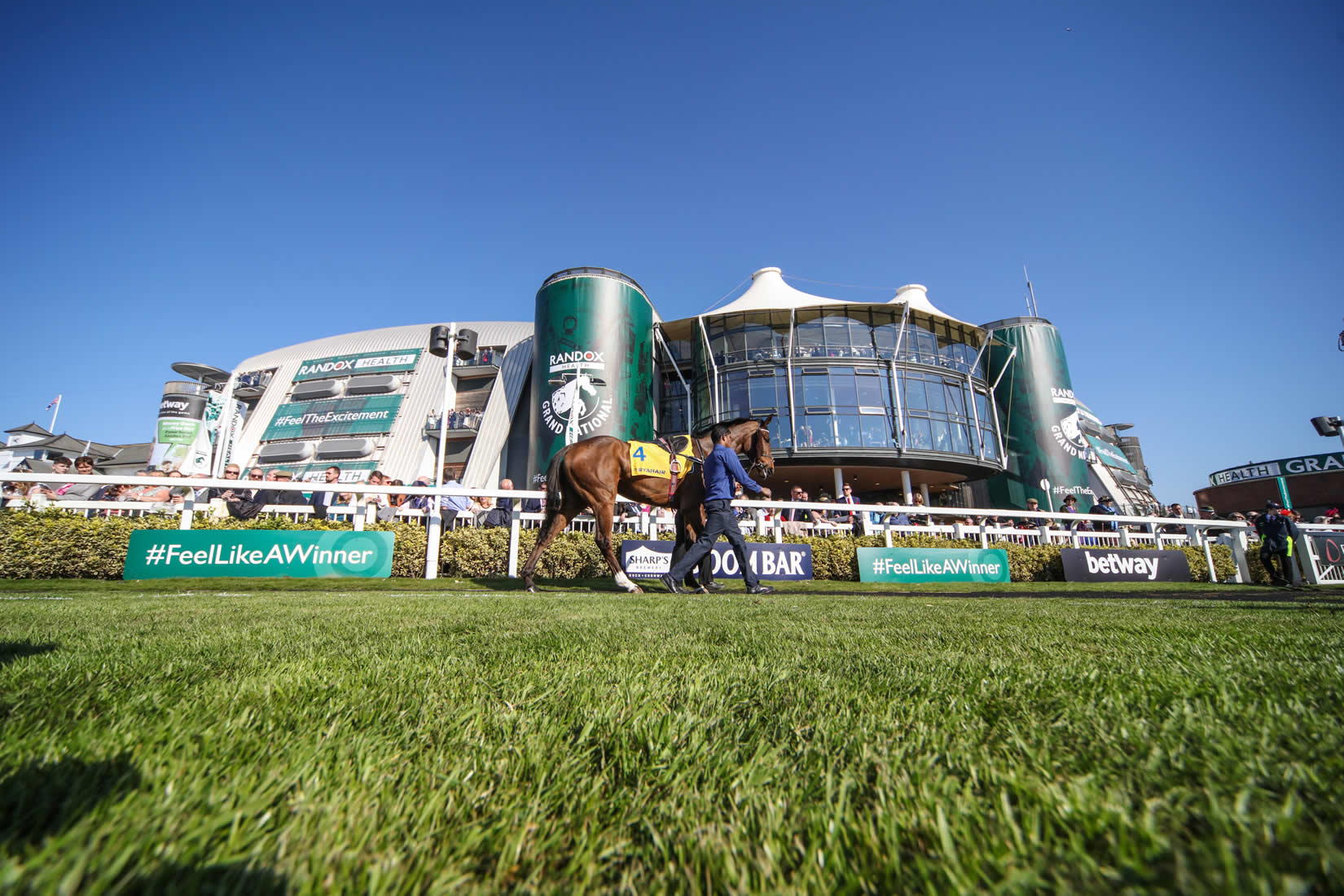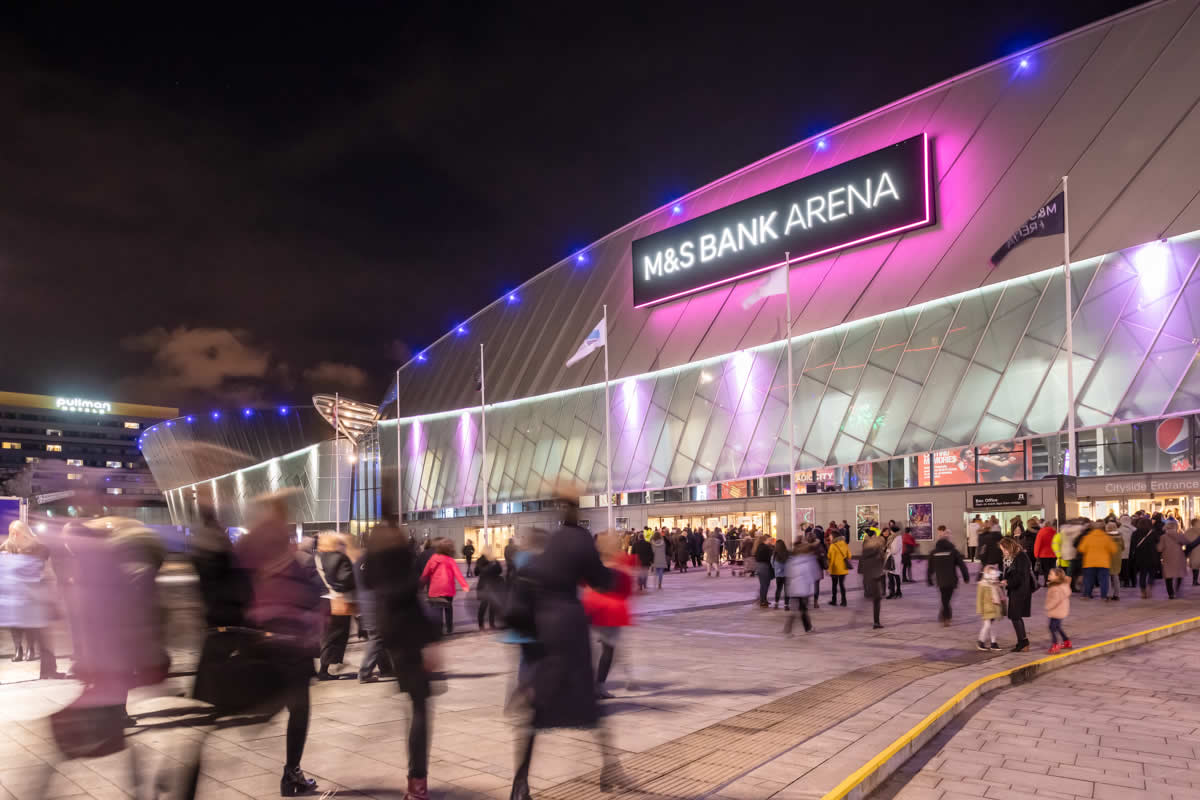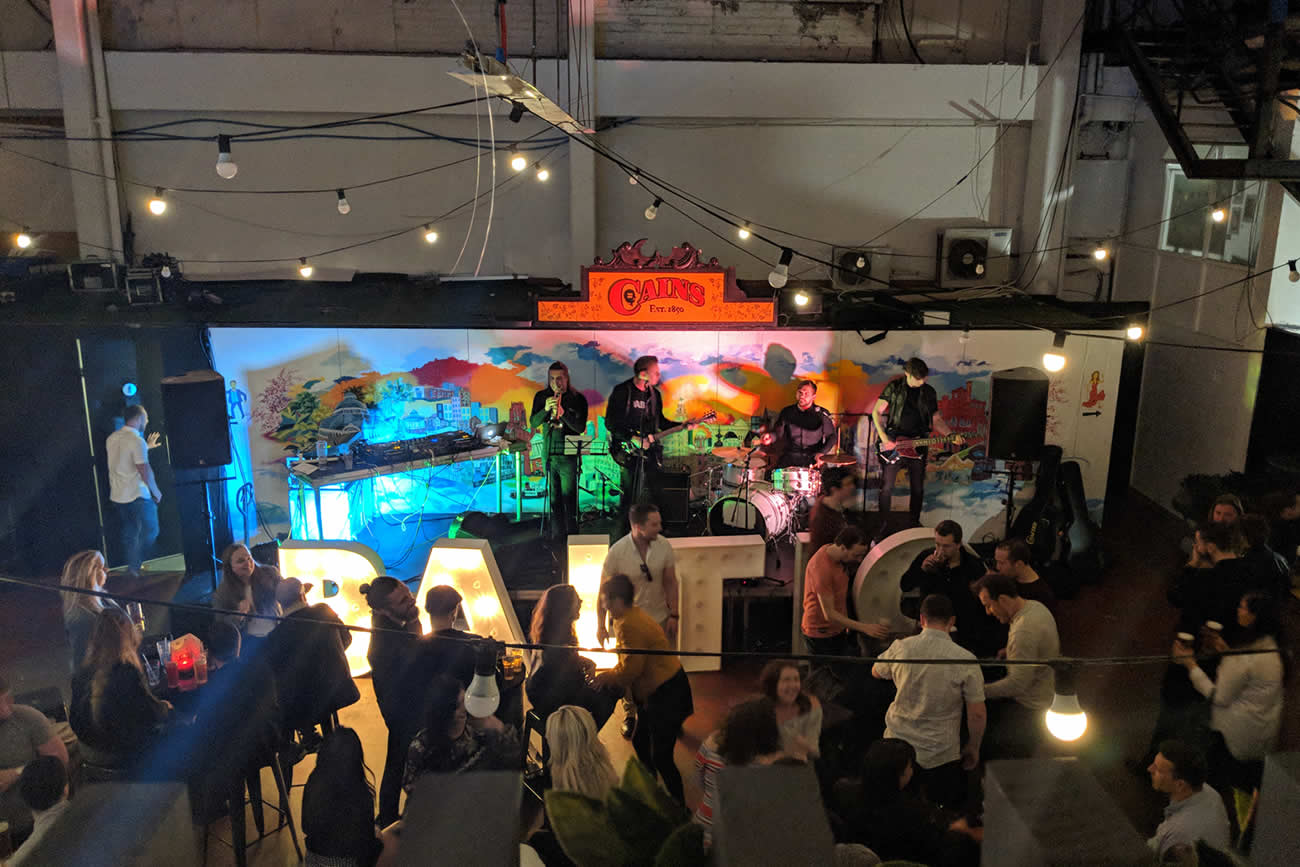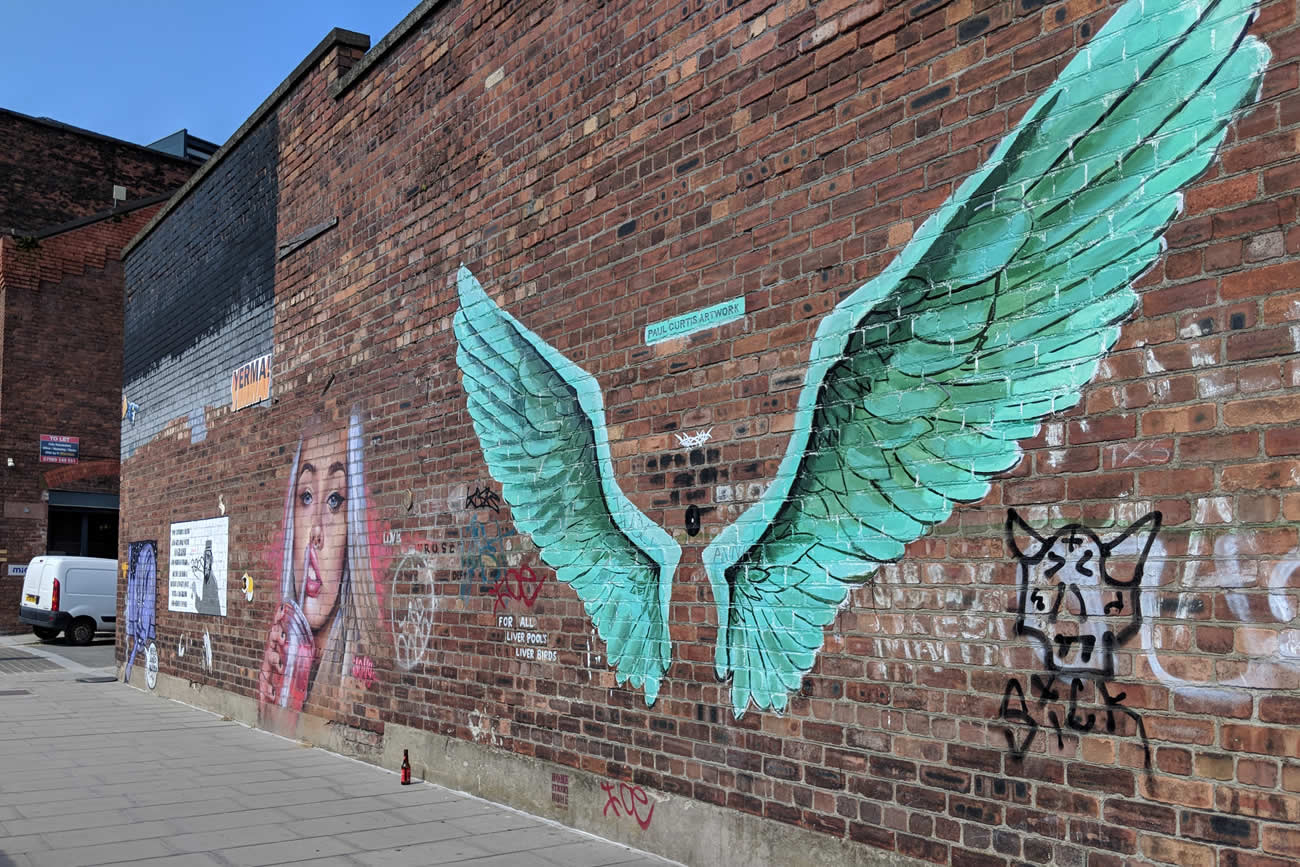The City of Liverpool is known across the world for its culture and heritage including the waterfront, unique attractions, exciting large-scale events, and world-class sport (including the football clubs Liverpool and Everton) and music (most notably the historic home of the Beatles being the Cavern Club). The city’s historic heart is found at the waterfront, where famous architectural buildings such as the Royal Liver Building, the Cunard Building, and the Port of Liverpool Building – collectively known as the Three Graces – can be found. Liverpool has 26 Grade 1 listed buildings (Grade 1 is the most important Grade), and these structures are of national and international importance; these include the Royal Albert Dock (where the Merseyside Maritime Museum, the International Slavery Museum, and the Tate Gallery are located), the Liver Building, St Georges Hall, Bluecoat and Toxteth Chapel.
